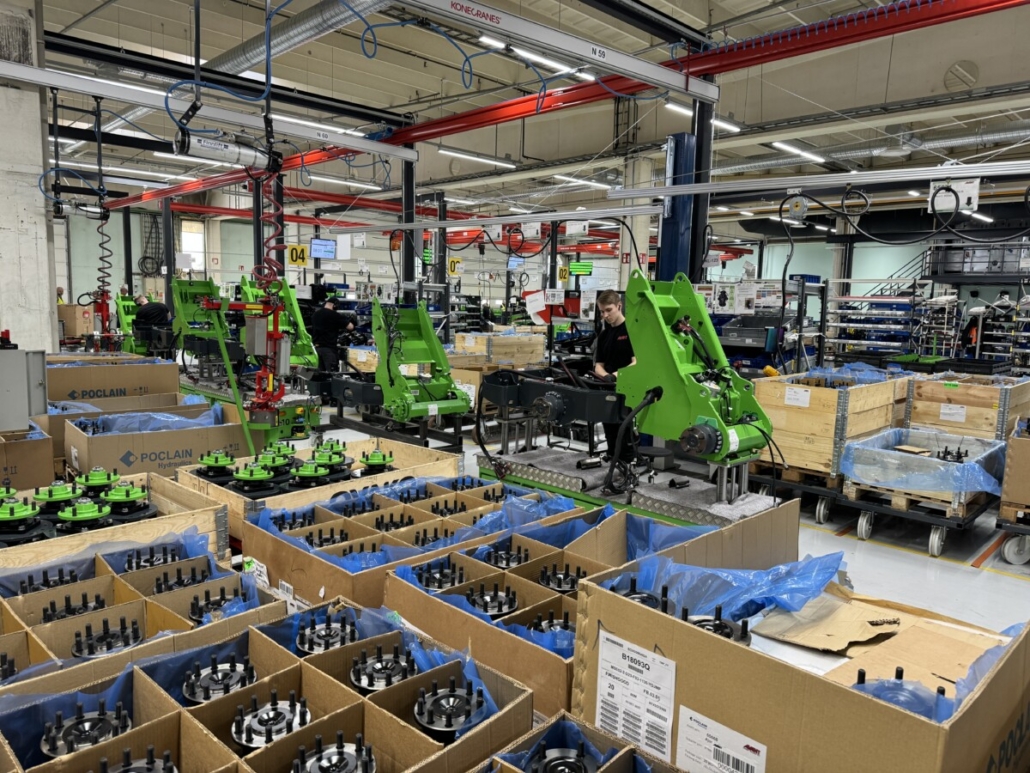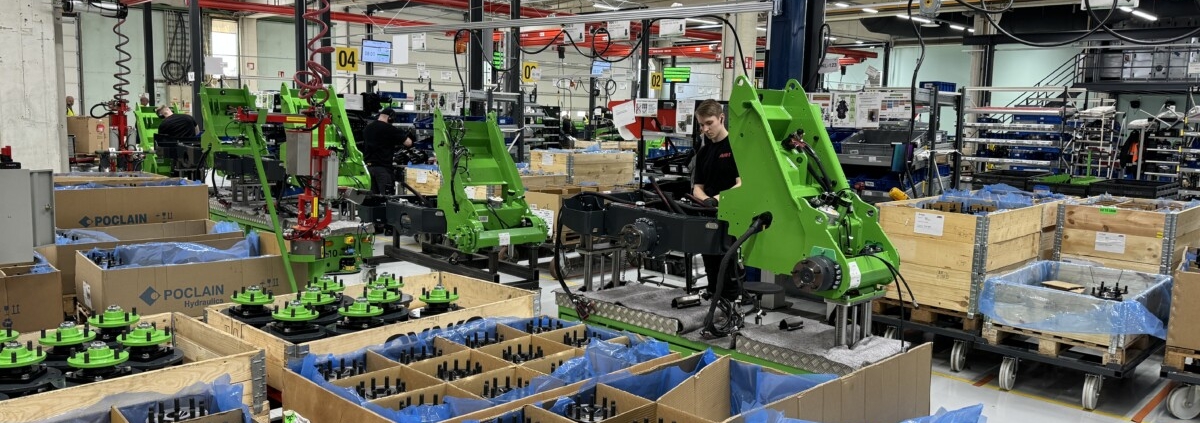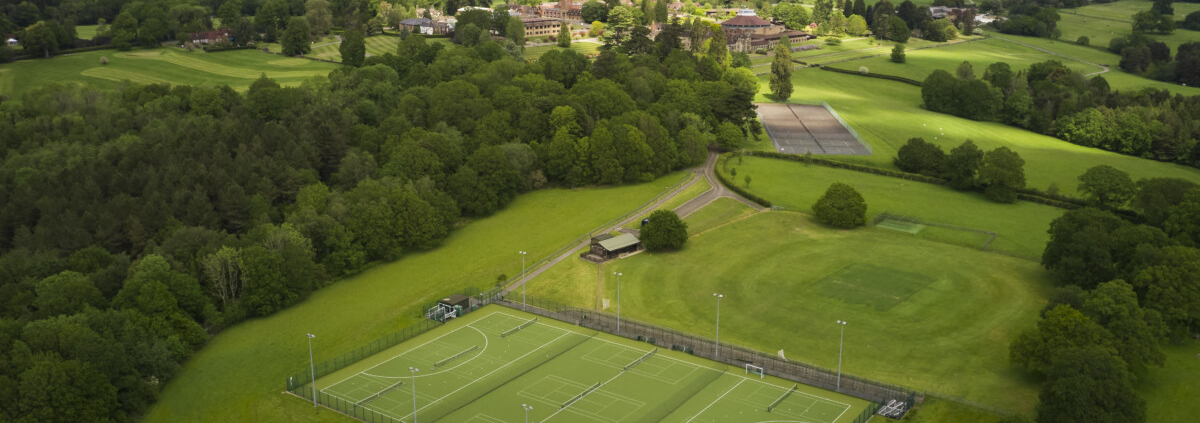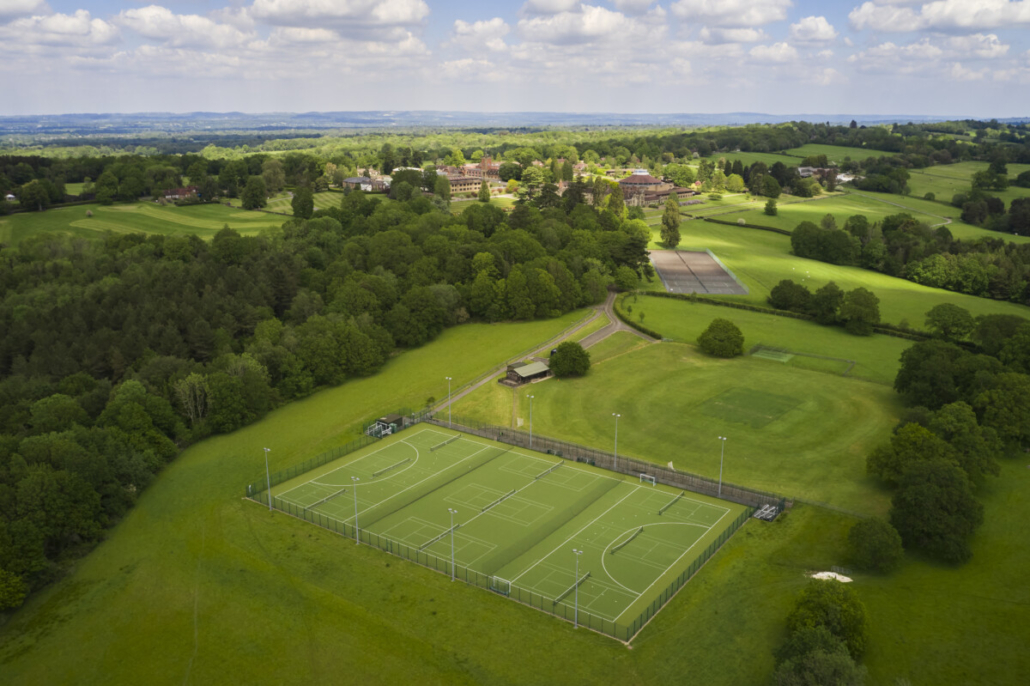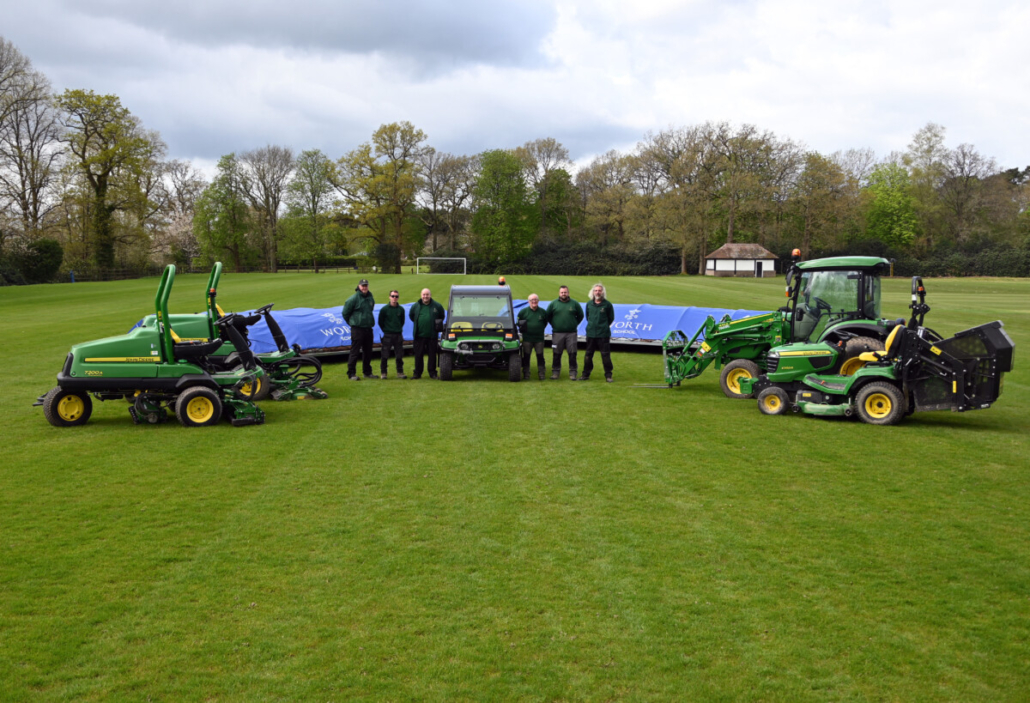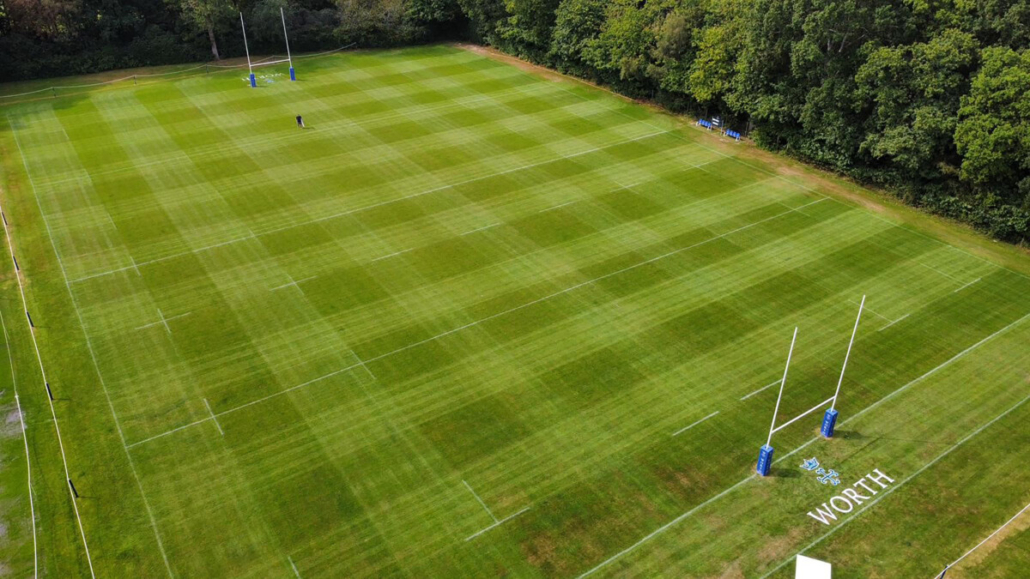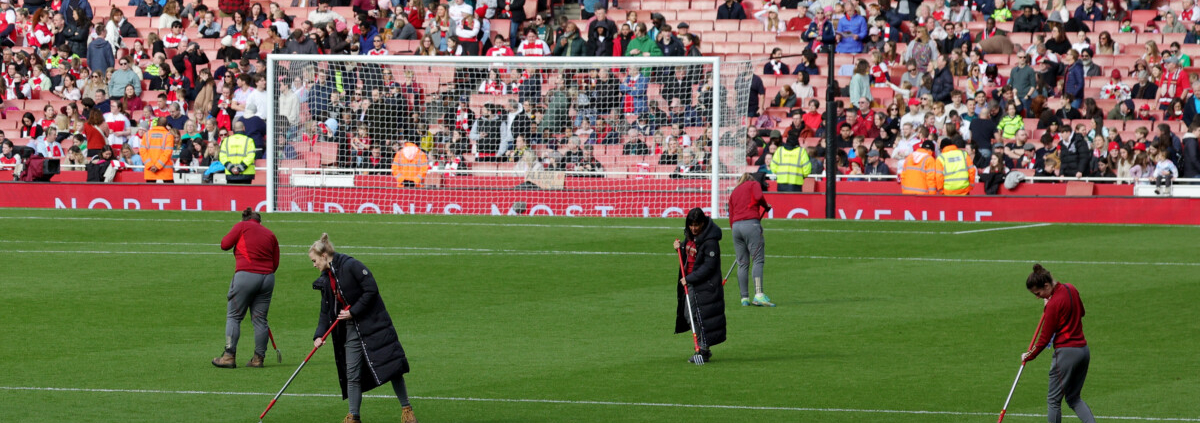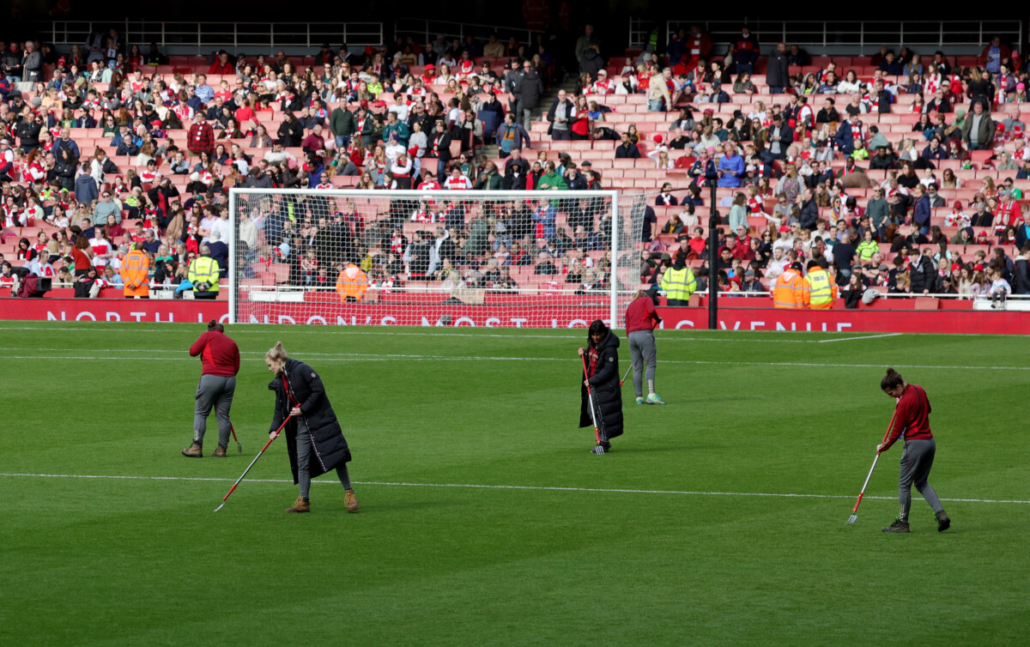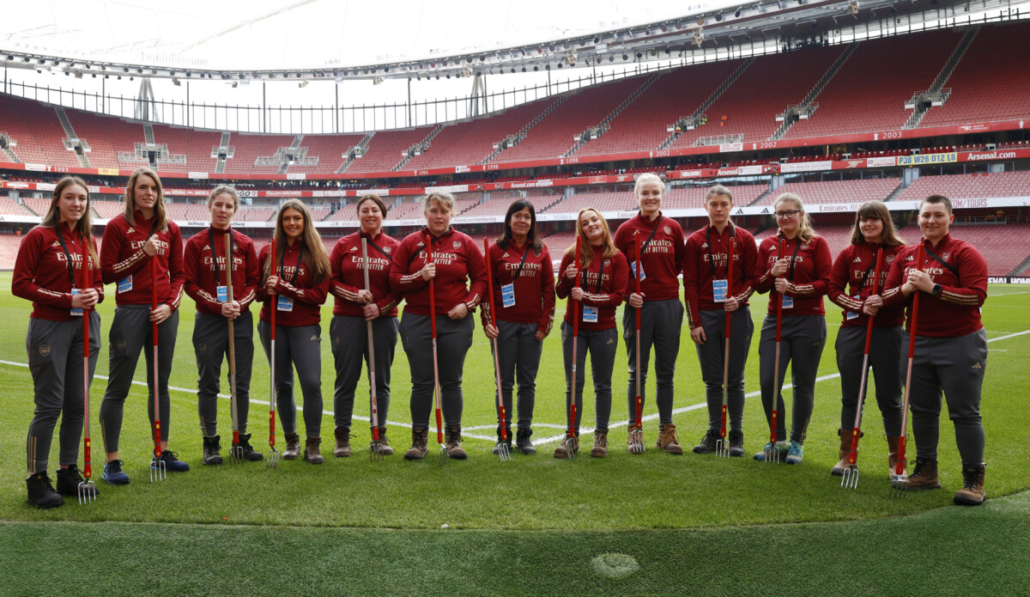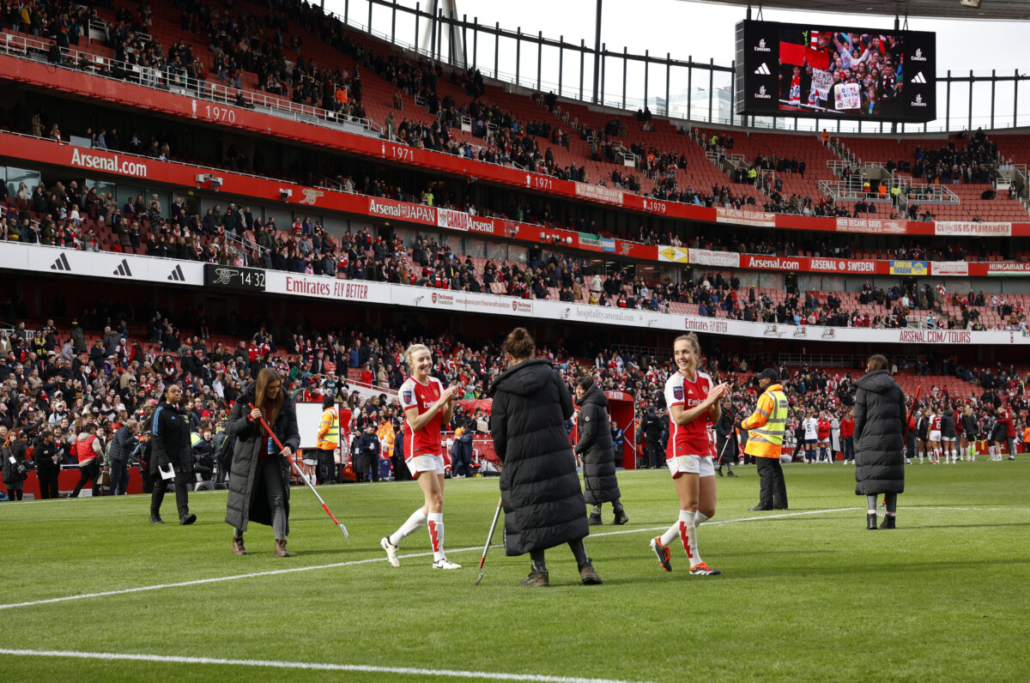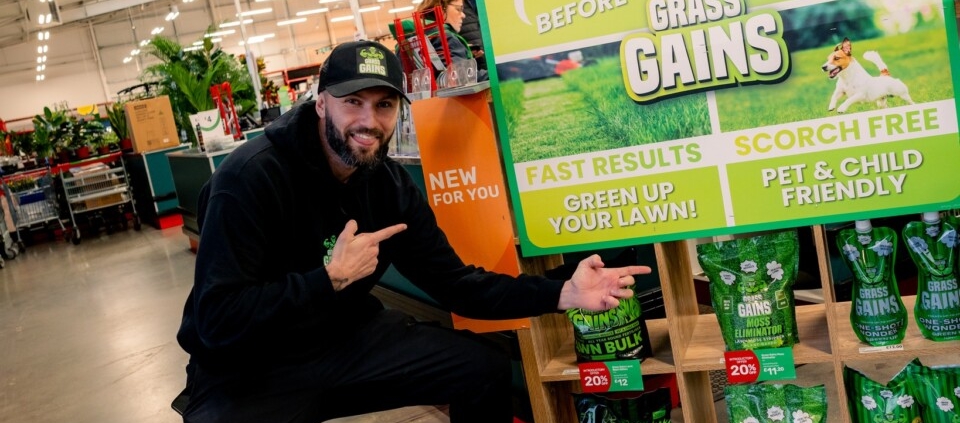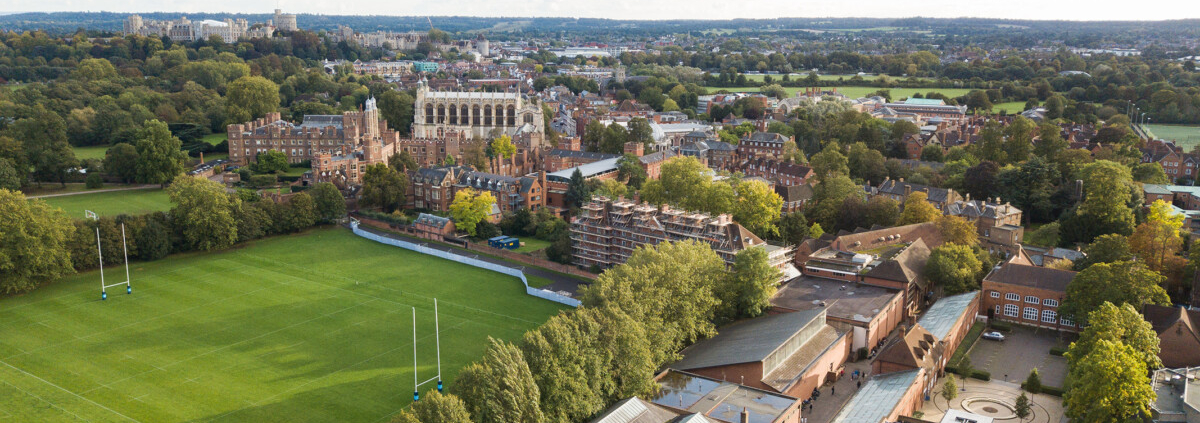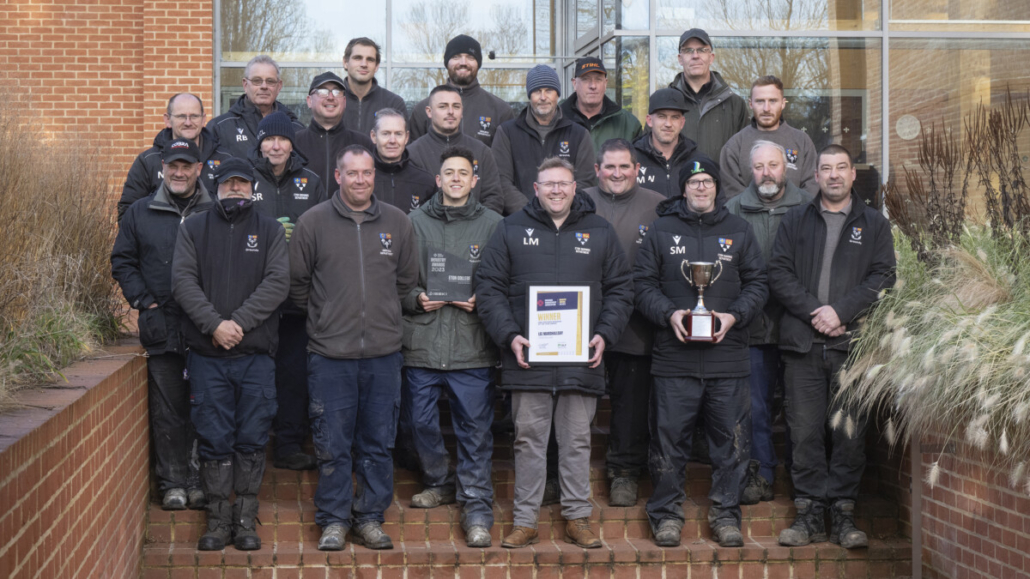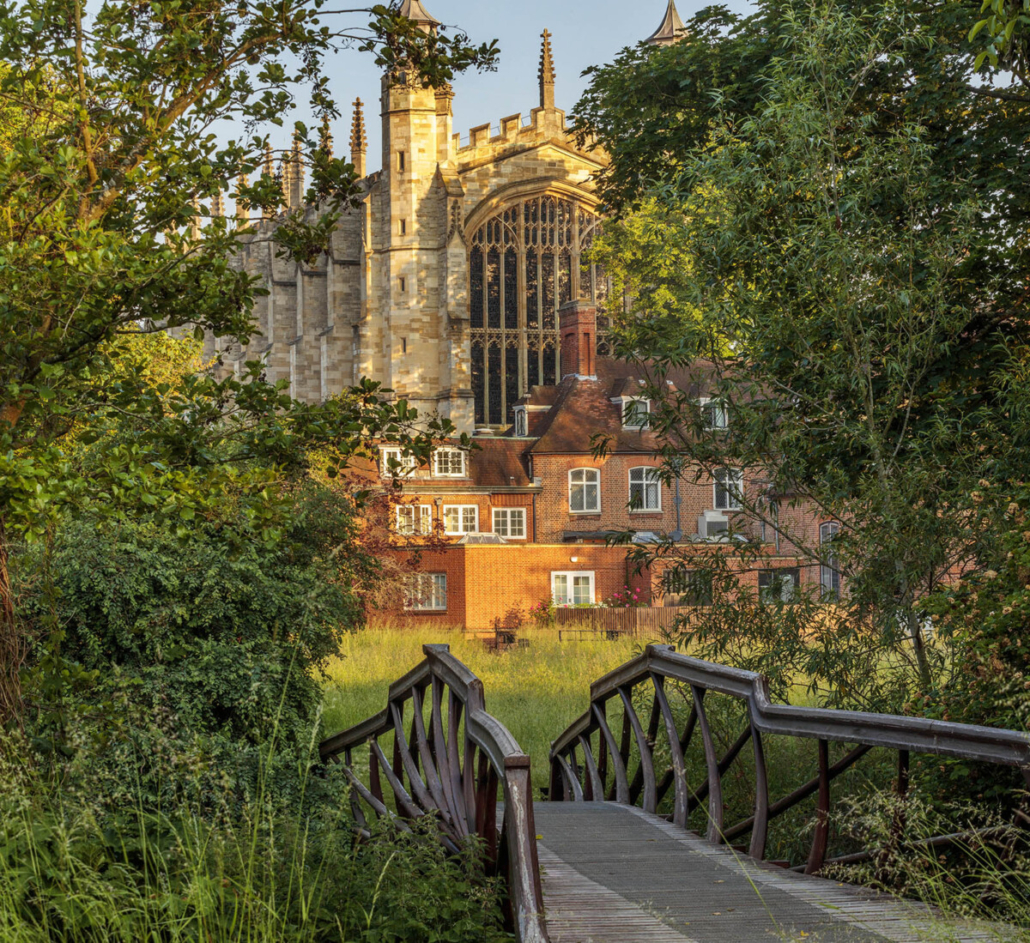Welcome to our side of the business: Scott MacCallum chats with Henri Lansbury, who has swapped his football boots and designer washbag for gardening gloves and a directorship of a burgeoning new company in the amenity and retail turf industry.
It could have been the shortest chat of all time, but I thought in for a penny, in for a pound, when I said to my latest interviewee. “Your family must be delighted that, having pottered around in sport for most of your life, you now have a proper job!”
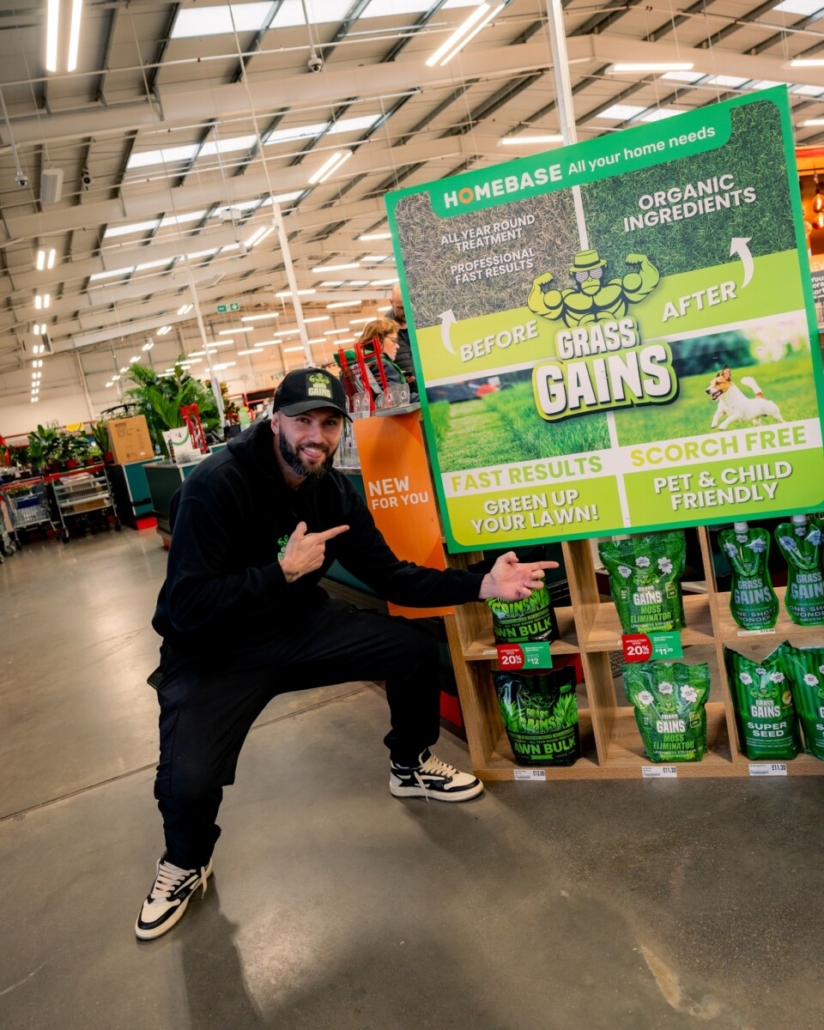
Welcome to our side of the business
Fortunately Henri Lansbury, he of Arsenal, Nottingham Forest, West Ham, Aston Villa and Luton fame, to name just a few of the clubs whose jersey he has worn, took the comment in the manner in which it was intended, and laughed.
In fairness, we had met before, as I’d interviewed him on stage at last year’s GroundsFest, so I was pretty sure I was on safe(ish) grounds.
“You could say that. The famliy keep calling to ask me to do their garden, but just I tell them I’m too busy,” he smiled.
Henri was talking about his new post-football life as Director of Grass Gains, a company he founded with two groundsmen friends he knew for his footballing days.
And to show just how wrapped up in his new career he has become, he had to delay the Zoom call as he had been held up while out cutting a client’s lawn!
With most retired footballers gravitating towards getting their coaching badges and ultimately moving into management, or becoming a TV pundit, Henri’s new role is perhaps surprising. But not if you caught him doing a unique lawn mowing goal celebration following a goal for Luton against Hull in 2022.
And if anyone thinks it’s just a case of someone with time on their hands exploring a glorified hobby, they too will be pleasantly surprised. Grass Gains has hit the ground running and is attacking the industry on two fronts – the amenity sports turf sector and the potentially lucrative retail market.
Grass Gains has professional “Black” Editions, of its range of products – Lawn Bulk, Super Seed and One Shot Wonder – which are tailored specifically for sports teams. They are also able to create programmes for football clubs and golf clubs.
“If clubs book us in and want a certain bespoke programme designed for them, we can do that. We are now going into the sports side, including liquids for hybrid pitches. We’ve done a lot of research with some friendly boffins in white coats which has complemented the experience of life at the sharp end that our guys bring to the table” explained Henri.
He is very much looking at tapping into the new approach being taken by the more recent intake of sports turf professionals.
“The older generation of groundsmen is coming to the end so, for me, to be able to go in with the new generation of groundsmen, is what I really want to do. I love it. I follow all the groundsmen on Linkedin,” said Henri.
“Craven Cottage was one of the best pitches I played on and at BTME this year I met up with guys at Fulham, who asked me to spend a day with them, take in a match and even help with the divotting at half time,” he said, with all excitement of a young club mascot.
Seeing things from “the other side” has given Henri a real understanding of the work that generally goes on behind the scenes.
“When playing you are going in there and training and playing. You’re not really taking in what has gone into getting the playing surface to where it is. I then started to learn more about the work that goes into producing that pitch and that a team of guys is out there night and day getting it ready for us.
“I started to chat to them a lot more and they gave me a lot of knowledge. I’ve got so much respect for every groundsman out there.
It is incredible what they do.”
“Speaking as an ex-player I can say that pitches are so good now that no player can seriously blame their injuries on the surface. It may be a little too hard, or a little too soft for them, but they are all so good. The ground staff put so much effort into a pitch. It is like their baby at the end of the day.
“It hasn’t always been the case. I used to think it was never my fault if I slipped on the pitch, but now I blame the player. He’s got the wrong boots on!”
But not everyone has the privilege of playing their football on the highest quality of surfaces. Many Sunday league and junior games are played on pitches which are not remotely close to that level. One of Henri’s goals is to improve those pitches and thus increase the enjoyment of football for those who are not going to be gracing the magnificent stadiums around the country.
“We are developing a grass roots blend, as my main thing is for kids to be able to play on nice pitches. Providing a grass roots blend for them will make a huge difference,” he explained.
He talked about helping a friend with his council run pitch and the issues he faced.
“The council had a moan at me when they saw that I’d cut the pitch, but I told them that they’d put a big tractor on the pitch and were leaving inprints and I asked how they expected people to play football with tractor prints on their pitch?
“So I took along a tractor-drawn vertidrain and showed them the turf tyres that they needed for the tractor. I even offered to lend them some kit, just because I wanted the pitch to be nice for my friend.
I fertilised it, sprayed it and asked the council to keep it in good nick, but I went back the other day they had the big tractor, with the agricultural tyres, out again.”
Henri is sure that their grass roots blend will be ideal for councils and sports clubs.
“I’m hoping to team up with the FA because I know they give a lot of funding for the grass roots game. Every player started out at a grass roots team and if I’m not giving back through coaching I’d like to give back in another way, by giving them a nice pitch.”
That love of the gardens and pitches, together with a desire to find a role when his football career came to a conclusion in 2023 after a 16 year professional career, at the age of 33 all came about during Covid.
Henri takes up the story… “During Covid we were at home and I had a guy come round and cut the grass but he left it a bit long, which wasn’t ideal as I was training on it. I couldn’t get him to come back so I asked one of my groundsmen friends, Mark Pettit – who had been at Arsenal and who is now Premiership Lawn Care – if he could get me a lawn mower.
“Mark asked what I needed one for and I told him that I wanted to cut the grass. He got me a Hayter Harrier and I was hooked. I just l loved looking back and seeing the stripe in the grass.
Ever since then it just sucked me in and I continued doing it.”
As things progressed Henri became more interested in the subject and how he could get his lawn to look as good as possible.
“I’d spray it for weeds and fertilise it but my missus was going through an organic phase and didn’t want me to put anything that was toxic because of the kids and the dog. I was telling them they had to stay off the lawn for 48 hours… even if the sun was out.
“So I asked Mark if there was any organic fertilisers out there but he said there was nothing on the market. I had tried some off the shelf products but they just weren’t doing it for me. Then my wife suggested that we make an organic fertiliser, as there was obviously a gap in the market.”
So, inspired by the words of Mrs Lansbury Henri sat down with Mark and Josef Farrow, Groundsman at Oakham School, a former Young Groundsman of the Year, and Mark’s brother-in-law.
“Working with our scientist colleagues, we came up with a product and trialled it on our lawn and around the kids and the dog.
Initially it was going to be just for our garden but because it was so much better than the products that were out there already, we decided that we should look to expand out horizons,” explained Henri.
“We just got a small batch initially and I would go to my mum’s house, my nan’s house and my auntie’s house, put it down and they’d all say that it was amazing. My nan’s a big gardener and she couldn’t believe how good it was and said that there was obviously a gap in the market and that we should start to make it commercially.
“So we came up with the name, Grass Gains. We started going on Instagram with before and after pics. That was when we decided to take it to the next level.”
Initially they launched their aforementioned range of three products – Lawn Bulk, Super Seed and One Shot Wonder – into the retail market and these are now available through Home Base.
Henri is certainly not playing at his new vocation. He worked out that they needed a fresh modern look to attracted the younger people who are buying their first houses and wanting to make something of their first garden.
“If you make a garden look good it is like having an extra room in your house. You definitely want to be outside in the summer,” explained Henri.
“We took that leap of faith and it is now paying off. As you said we are going into Home Base on-line and in stores and they are very happy with it. We are building up the brand and looking to modernise gardening for the younger generation,” said Henri, adding that he’s now got a lot of his mates into gardening who see how therapeutic it can be.
Henri is now so confident in his ability to restore his lawn that he is more than happy for bouncy castles to be a feature of the Lansbury children’s parties.
“If the lawn is damaged I enjoy bringing it back to its best.”
Far removed from his once a day training sessions Henri is now discovering just what real work is really like.
“This has taken up so much time. My phone goes non stop. I tellpeople that I’m available 10 to 2 and 8 to 10, to fit in with dropping the kids off at school and picking them up. When we’re at home I ask not to be messaged until later in the evening.
As a recognised sporting figure Henri knows that he can open doors in a manner in which most new starters can’t, but he also knows where he gets most job satisfaction.
“I try and do a bit of all elements of the job and attend the meetings when I can, but my happy place is getting people’s gardens to how they want them. I’ve currently got about four or five renovations to do. Today I was just out cutting and strimming a lawn for a client.“
Grass Gains is trying to gain a foothold in a very competitive market filled with multi-national companies. It’s very much David against a bunch of Goliaths.
“I love being the underdog and am very ambitious for the company. From the retail market we want to be the number one go-to product in five years’ time. We are really going to push that side of it. On the sports side of it we want to be known for giving quality to the groundsmen and something that they can rely on. It’s not just me, who is a novice at it all.
“There are many great people behind it all and I’m just the face of the company. It is a passion for me to love good pitches and golf courses. Any grass area, I want to have our products on there. I think we have ruffled some feathers already.”
Who would doubt him and, having been used to the stands and terracing singing his name, it may be that Henri will still have his name ringing out but this time from the depths of the stadium, or the practice ground, and emanating from the maintenance facilities.
